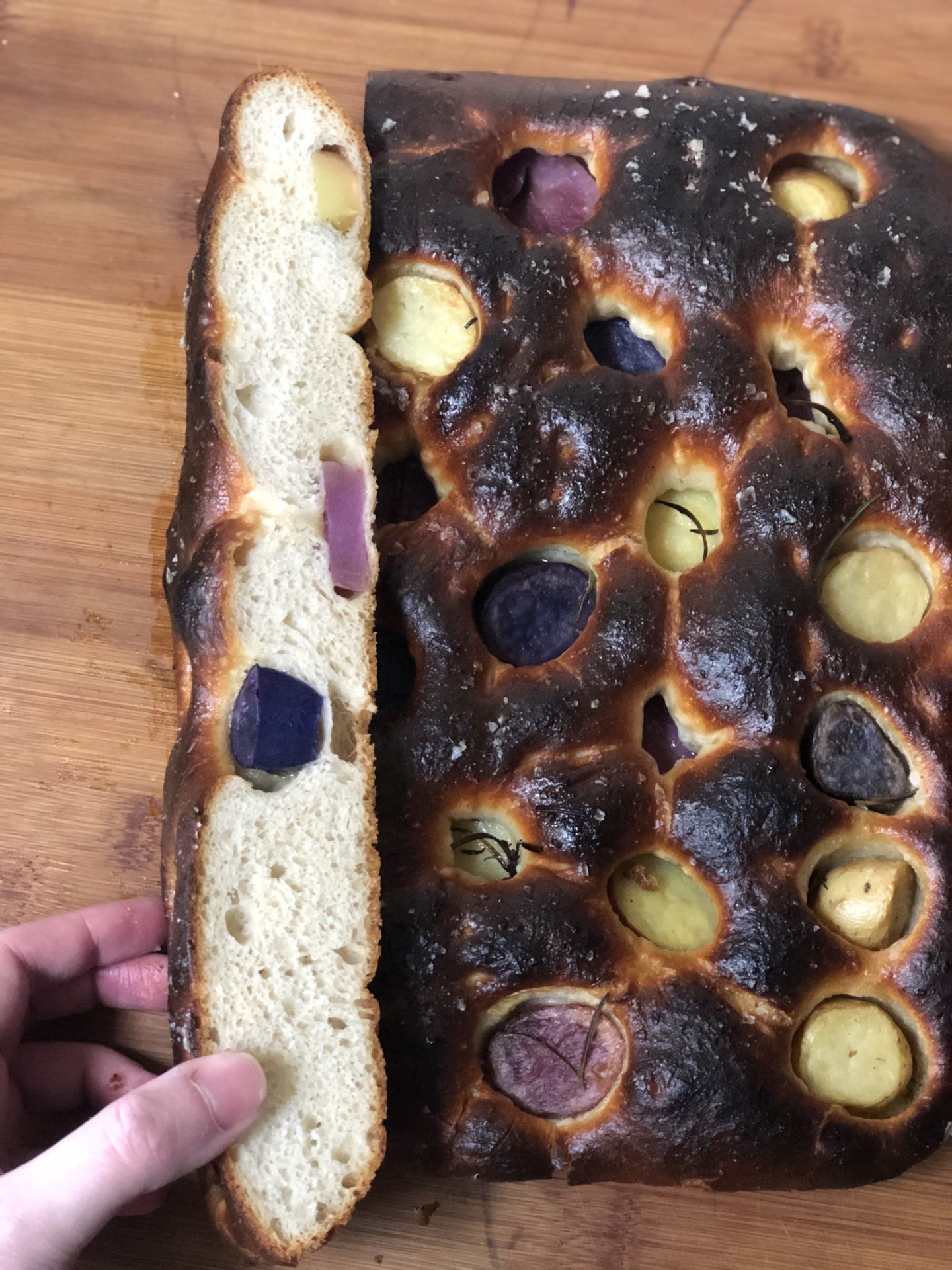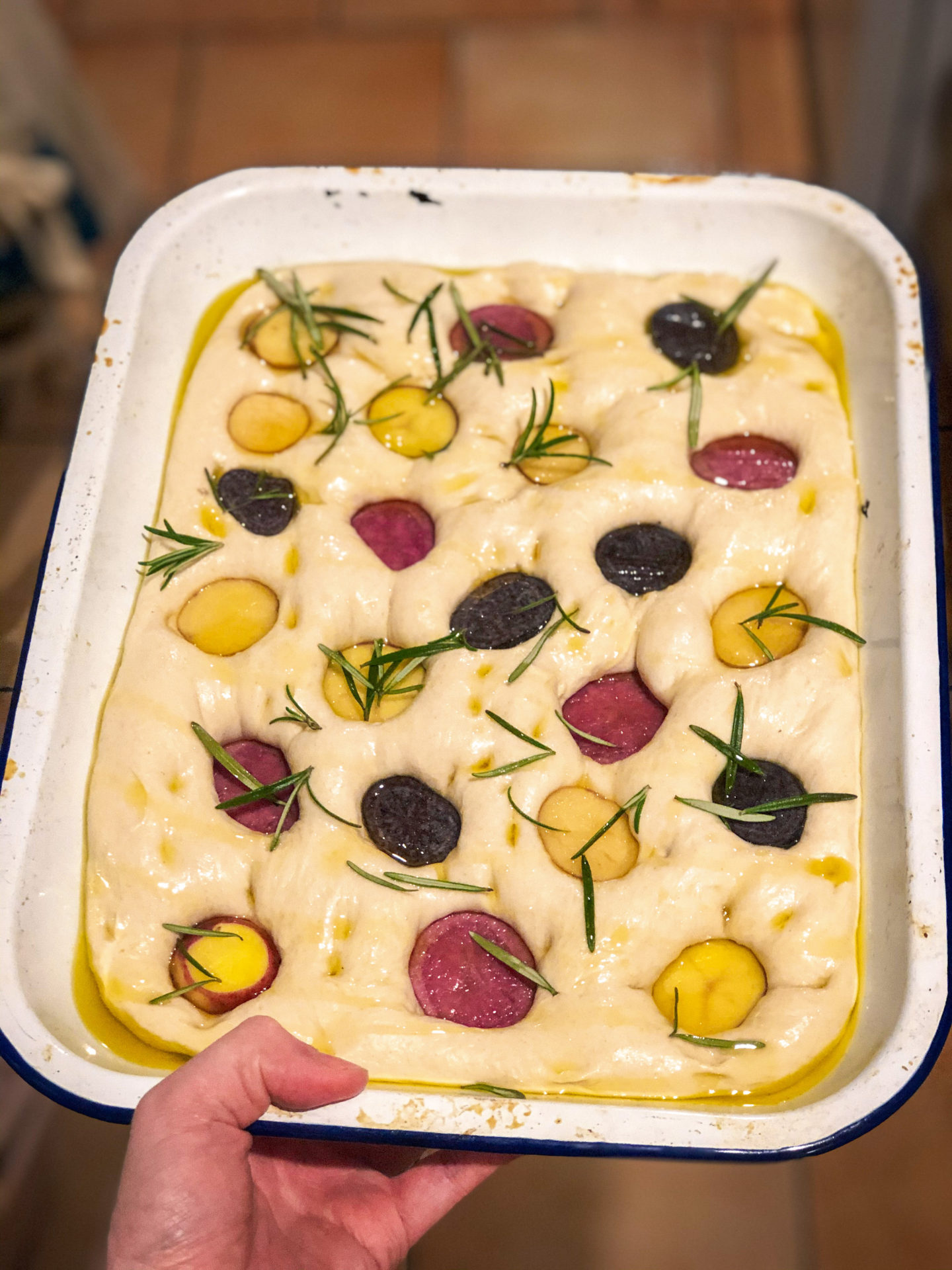
Our wonderful friend Maria Flynn is a farmer’s wife who fell on hard times during the most recent recession, and through sheer grit, determination and creativity diversified to keep her family’s farming business alive. Whilst the terrain and soil in the Boyne Valley is perfectly suited to growing potatoes and crops by the tonne load, Maria decided to opt for a more premium and unique product by specialising in colourful ‘heritage’ varieties of potatoes, so rather than following the crowd she paved her own path…
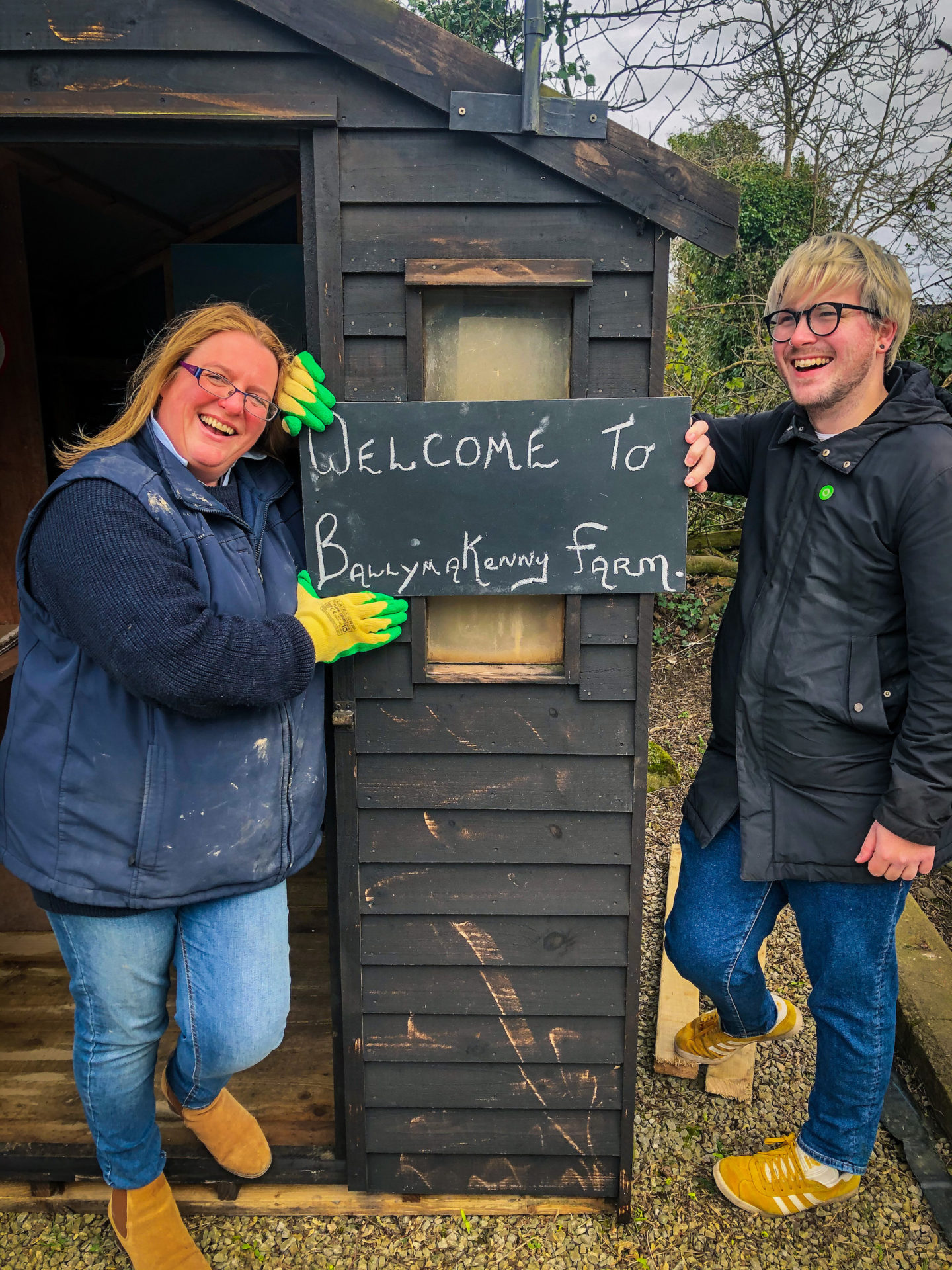
Low and behold, a couple of years down the line her risky investment paid off as her produce is now the preserve of chefs across the country in the finest kitchens (and in our own kitchen, when we can get them!)
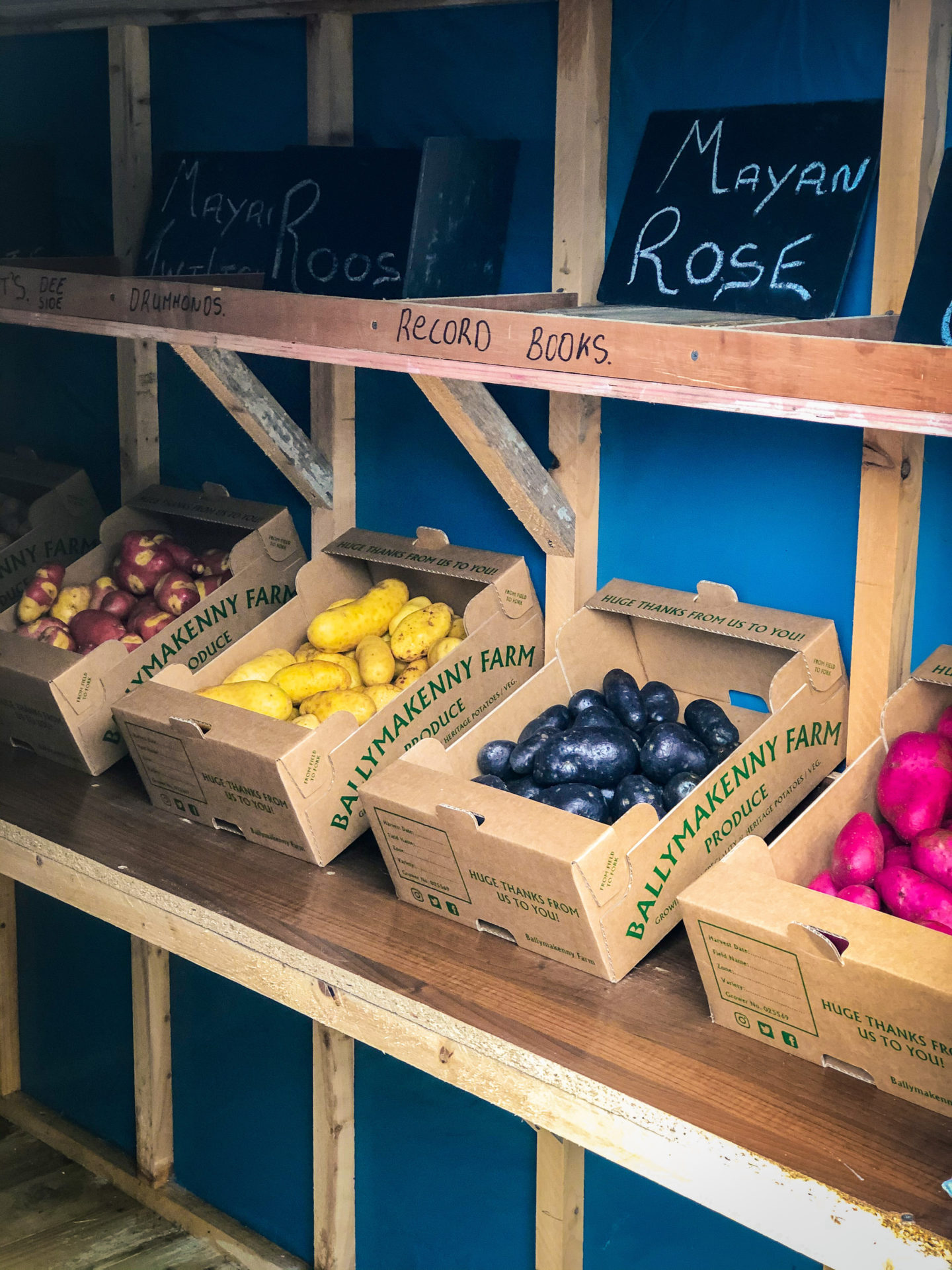
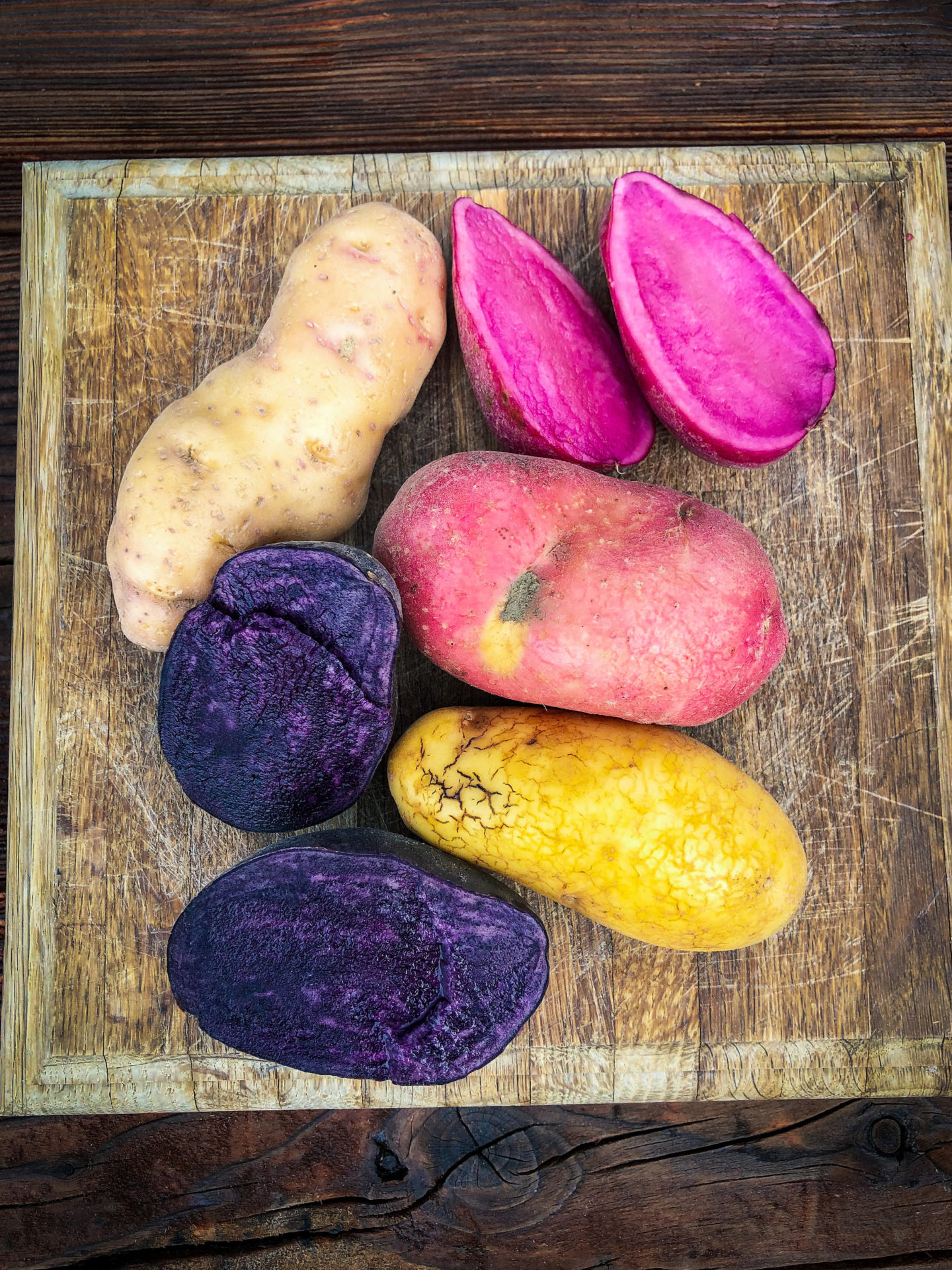
Maria has a wonderful story and a tenacious spirit, not resting on her laurels as she’s added purple sprouting broccoli and sweet stem cauliflower to her arsenal. If you want to connect with Maria, she’s most active on Twitter.
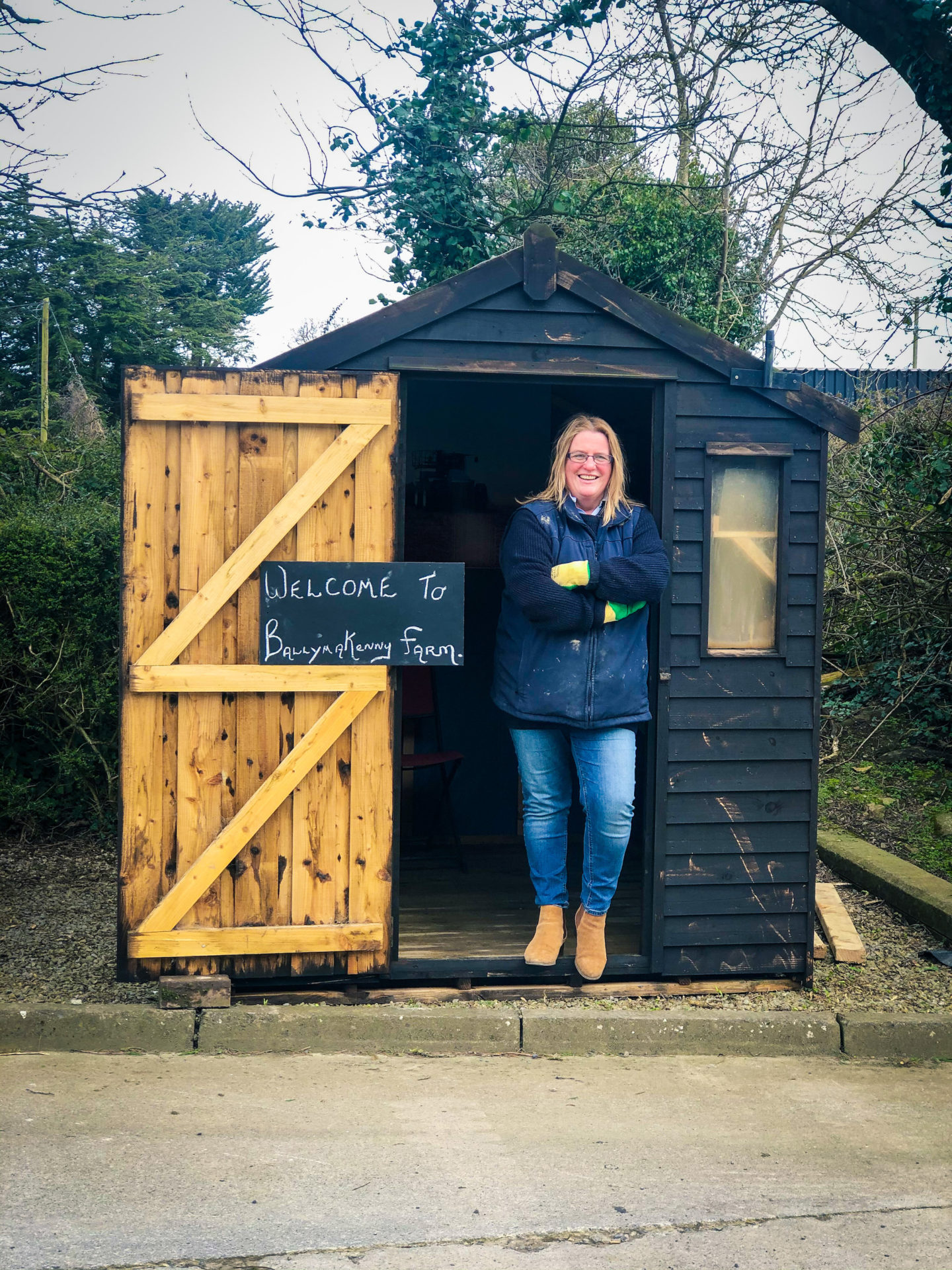
HERITAGE POTATO FOCACCIA
- 500g strong white bread flour
- 10g fast action yeast
- 10g free-flowing sea salt (we use Oriel Sea Salt, also local to us in Co. Louth)
- 300-325g water
- Further, flakier sea salt, like Maldon
- 4-5 Heritage Potatoes, from wherever you can find them (you can use waxy or new potatoes here, alternatively)
- A few sprigs of fresh rosemary
- Olive oil (for baking), and Extra Virgin Olive Oil (for finishing)

1. Begin with the bread dough –– add your salt and yeast on alternate sides of a stand mixer mixing bowl with the flour already in, then on low speed with the dough hook mix them to incorporate. (You can absolutely do this recipe by hand, but for easiness sake, a stand mixer is quicker and cleaner)
2. Then, keeping the speed low-medium, add the weighed out water bit by bit (you need to weigh your water, rather than judge by ml –– this ratio is 60% hydration or so, but not all flours are created equal and the amount of absorption will depend on day, warmth, atmosphere in your kitchen, etc.). You’ll need around 300g but you may need to go up to 325g. You don’t want the dough to be shaggy or dry with flour, you want enough water to make a fairly wet dough, that comes together and cleans the bowl.
3. Keep the mixer working with the hook attached for around 10-15 minutes until the dough has completely come together, gone soft and flexible and cleaned the bowl entirely. Take it out and knead by hand for a further minute –– you’ll notice the dough is still a little damp and ever so slightly sticky on the outside, but that’s perfectly normal. Knead to as smooth a surface as you can, return to the bowl and leave to prove. A nice tip is to cover with a shower cap, rather than cling film.
4. After about an hour the dough should have doubled by size, and at this point knock it completely back to its original size –– this has only been the first prove, it will prove a second time before being baked.
5. Slice your potatoes, skin-on, to about 1″ to 1.5″ slices. No need to par-boil or do anything do them, they will steam/roast in the oven immersed in the dough. In a small mixing bowl, toss them in a little olive oil.
6. Oil a large, lipped baking pan or sheet with some olive oil so the entirety of the bottom and sides is well-slicked with oil. Focaccia is essentially fried bread, so you need that fat in the bottom of the pan to ensure a crisp base. Then tip out your dough and on the work surface try to coax the dough into a rectangular shape the same size as the bottom of the pan you’re using, before transferring it over onto the oiled bottom of the pan. When it’s in you may need to stretch a small bit more to re-adjust, this is fine.
7. Using your three middle fingers (not your little finger or thumb), dimple the dough all over, pushing into the soft dough to touch the bottom of the dish, but not with so much force that you tear. Your dimpling will leave indents throughout the dough.
8. Now, you can riff this, but as evenly-spaced apart as possible you can insert your potato rounds, again pushing right to the bottom of the pan. You want every slice/quadrant of this focaccia to have at least one piece of potato. When happy, cover and allow to prove for a further hour or until the dough is doubled in size.
9. Heat the oven to 230ºC (220ºC fan) whilst you get ready to bake. When the dough is ready, you’ll need to just gently push the potato rounds back down to the bottom of the dough –– don’t go too hard as to push out any air or lift in the dough, but some of the slices may have been lifted to the top of the dough, and you want them snugly down within the dough. Generously drizzle lots of olive oil over the top, liberally scatter the rosemary and a generous handful of flaky salt, then bake for around 25 minutes, until the top is crisp and golden.
10. Remove from the oven, allow to cool for a minute or two before trying to remove from the pan. When it’s able to be lifted out, but before transferring to a wire rack to cool (otherwise it will get soggy if it cools in the tin), use the Extra Virgin Olive Oil (EVOO) and brush liberally over the top of the focaccia, followed by another generous handful of flaked sea salt. The major flavours here are oil and salt, so don’t be afraid of either. Allow to cool almost completely on a wire rack, but best served lightly warmed.
11. This potato focaccia will keep in an airtight container for three days.
